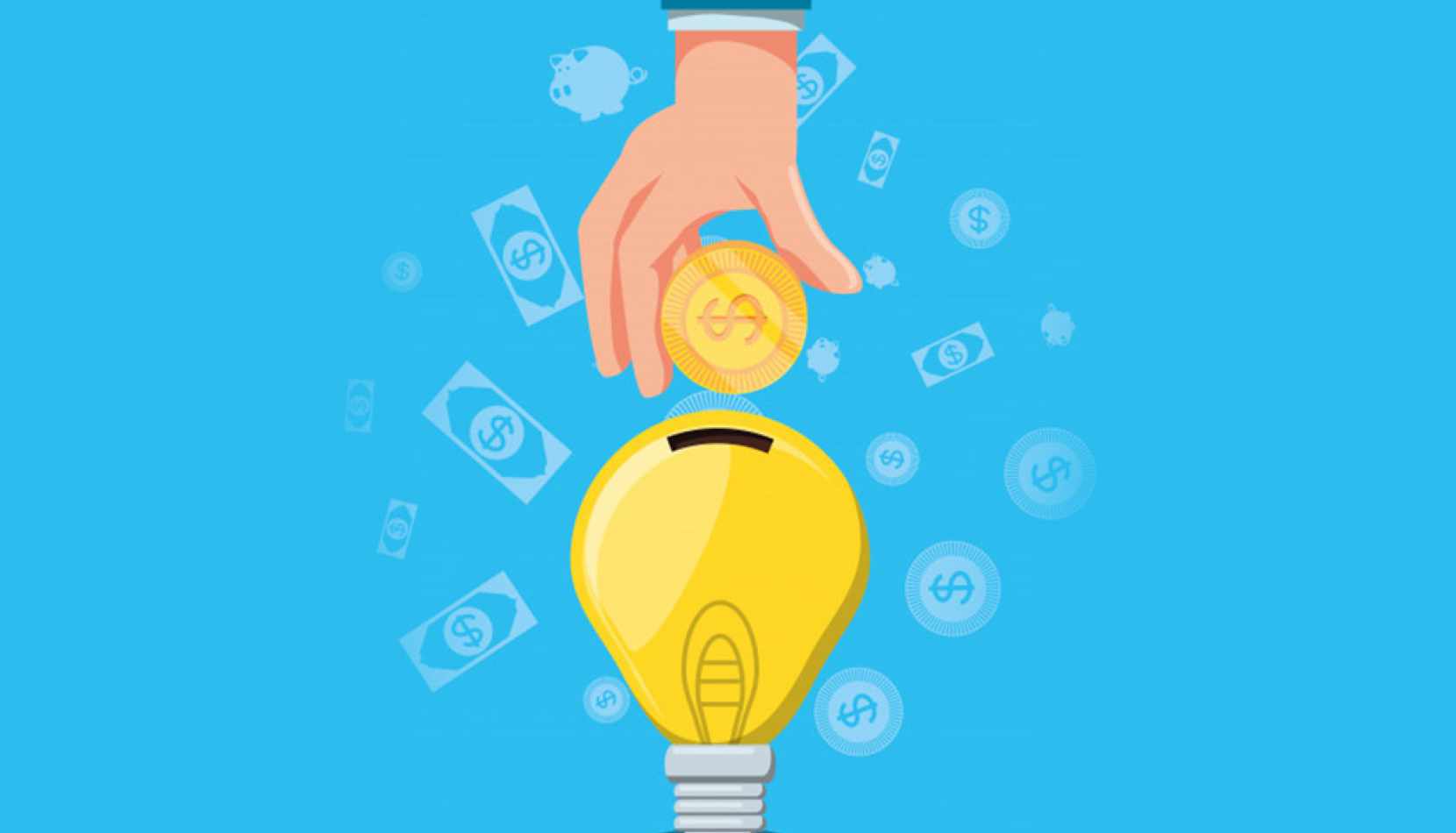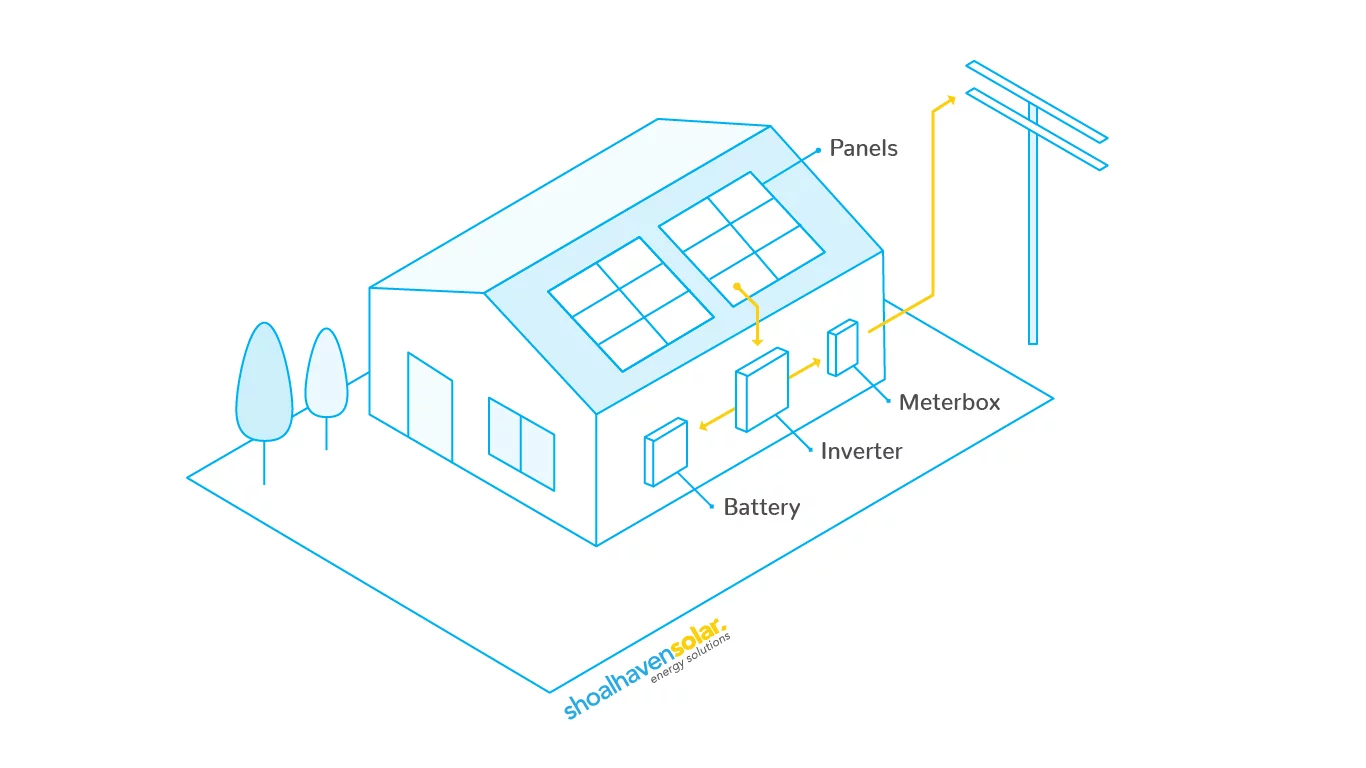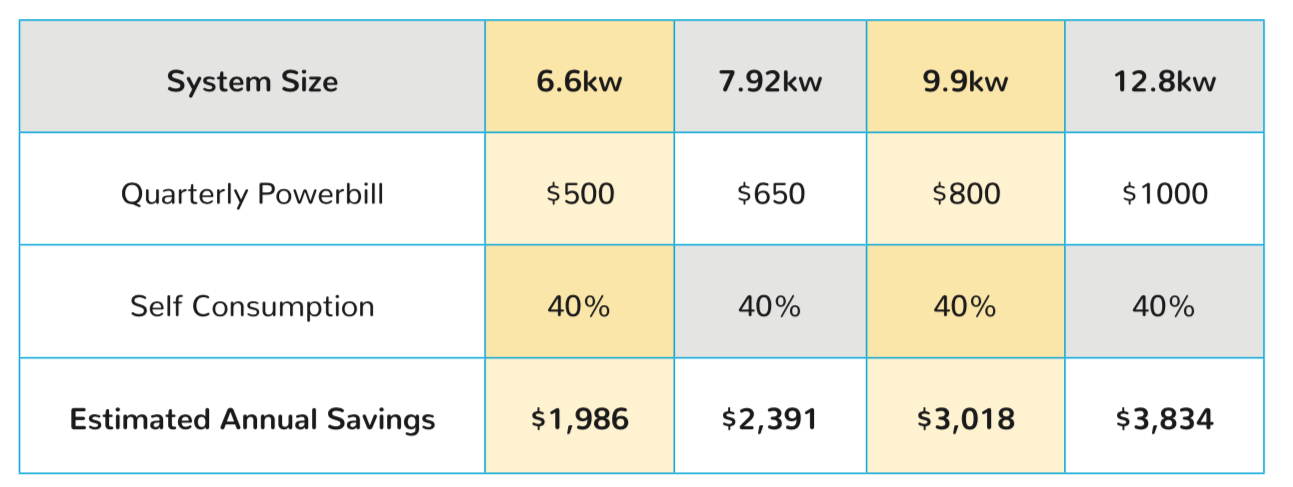- How solar battery storage works
- Introduction to solar battery storage
- Tesla Powerwall battery solutions
- What Do Solar Batteries Look Like – and Where Can I Install Them?
- What Size Solar System Should You Have When Adding a Battery
- What’s the Real ROI on Solar and Battery Systems in 2025?
- When are batteries worth it? Solar energy battery viability.
- Which Solar Battery Is Right for Your Home?
- Does Solar Increase Property Value in Shoalhaven? The Numbers Speak for Themselves
- Empowering Small Businesses with Solar: The Australian Small Business Energy Incentive
- How much will you save with solar?
- How the 2025 Australian Cheaper Home Batteries Program Works
- Solar finance options
- The 2024 NSW Government Home Solar Battery Rebate Scheme
- What government incentives and financing options are available for solar?

How much will you save with solar?
Have you been wondering if solar panels are worth it? Perhaps you’re wanting to go green but you’re curious about how solar will actually save you money when your power bill arrives. So how much will you save with solar?
Below we explain how solar will save you money on your power bill and explore a few examples to give you a good idea of how much you could save with solar.
How much will I save on my power bill?
It’s important to understand that it’s impossible to know exactly how much you will save with solar if you choose to get it installed as every home and its occupant’s power needs, setup and current bill range greatly.
As a rough guide, you can expect to save roughly $100 per quarter per kW of solar you produce. For example, if you install a 5KW system you can expect to save around $500/quarter.
We suggest you speak with a professional about your personal circumstances in order to get the most accurate idea of how much you could save by switching to solar.
How will getting a solar power system installed save me money?
If you currently get your power through an electricity provider (most of Australia does), then you are using power from “the grid” which is billed to you quarterly.
There are two ways in which getting a solar system installed in your home or workplace will save you money: (1) Direct Reduced Consumption from the grid and (2) the Feed-In-Tariff.
1. Direct reduced consumption from the grid
When you get a solar system installed in your home you use the power that is generated from your solar system before any power is pulled from the grid.
This means that you are using what you’re generating throughout the day when the system is working.
How does reduced consumption save you money?
Once it gets dark, the system will stop working and your source of power will switch over to be supplied from the grid.
If you choose to have battery storage installed with your system, your direct consumption from the grid will reduce even further as the battery system will allow you to continue using the solar power you produce in the evening well after the sun has gone down, rather than pulling power from the grid.
In short, the more solar power you can produce, use and store, the less you’ll need to pull from the grid and the more money you’ll save. This is how you reduce your bill - by direct reduced consumption fro the grid.
How much will I save with reduced consumption?
The exact amount of how much you will save will be dependant on a few variable factors such as how your current billing is set up and which system you decide to purchase. To break things down, we’ll use an example where the price of power from the grid is $0.30 as this is around the average cost in NSW.
When sized up correctly, solar power only takes around 5-6 cents to produce, which compared to 30cent price tag of power from the grid is a huge reduction which is why it makes sense to try and power as much of your life with solar as possible.
To work out how much you could save through direct reduced consumption from the grid, you first need to look at how much power you’re using each day.
To work out your daily power consumption, simply refer to your meter box first thing in the morning and record the reading. Refer to it again once the sun sets and subtract that number from the number you got in the morning - this will help you to work out how much power you use during the hours that a solar system could be generating electricity. Once you know how much power you're using daily, you can work out your potential savings.
Please refer to the table below as a guide to how much you could potentially save:
2. The Feed-In-Tariff
The second way solar can save you money is through the Feed-In-Tariff. Throughout the day your system will likely generate more power than what you use. The exact amount of power your system generates will depend on your system set up and which package you purchase, however, the table above can give you a good indication.
At the end of the day (if you don’t have a battery storage system included in your solar package) any leftover power that your system generated will be fed back into the grid and you will receive a credit amount for every KW received.
Depending on the size of the system you choose to have installed and how much power you’re actually consuming, your savings from the feed-in-tariff could be anywhere from $30 - $200/quarter.
In summary
There are currently two ways that you can save money on your power bill with solar:
By directly reducing the power you pull from the grid which is approx. $0.25 more expensive than solar.
By feeding any leftover power back into the grid at the end of the day, you will build up a small credit or discount on your quarterly bill.
The exact amount of savings will be variable based on the size of your systems and energy consumption.
To gain a clearer idea of how much you could save with solar, give us a call or get in touch for a free site inspection and quote.
Save money on the installation cost of your solar system with the STC Program
There is also a third way you can save money with solar, but this more relates to saving on the installation cost of your system rather than ongoing savings through a reduced power bill.
For more information regarding this please read our other article: What government incentives and financing options are available for solar?
Suggested Articles
- Does Solar Increase Property Value in Shoalhaven? The Numbers Speak for Themselves
- Empowering Small Businesses with Solar: The Australian Small Business Energy Incentive
- How the 2025 Australian Cheaper Home Batteries Program Works
- Solar finance options
- The 2024 NSW Government Home Solar Battery Rebate Scheme
- What government incentives and financing options are available for solar?

